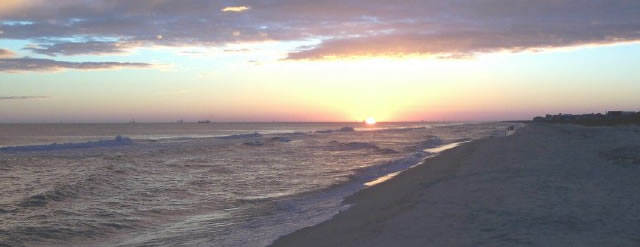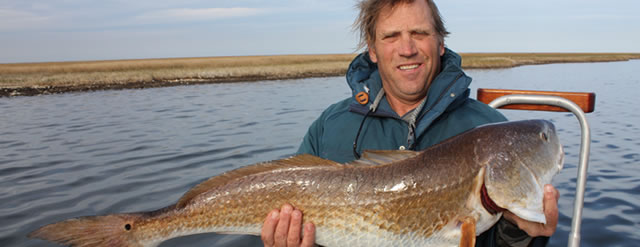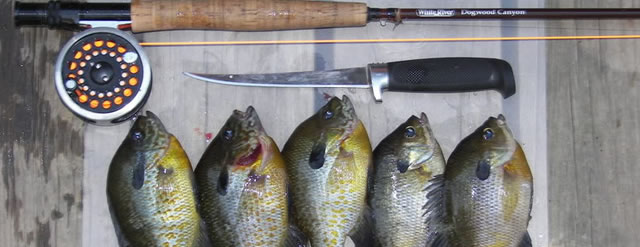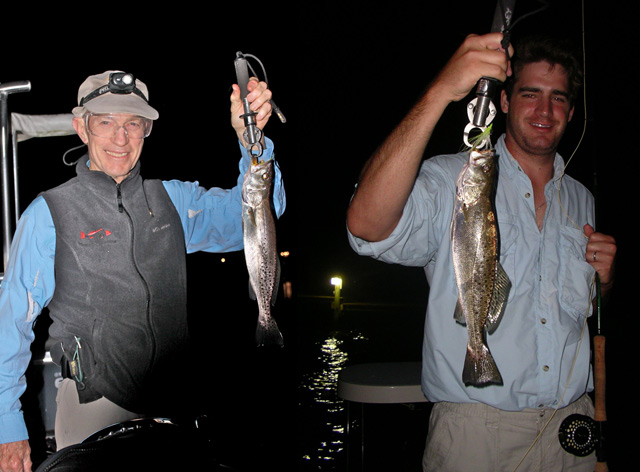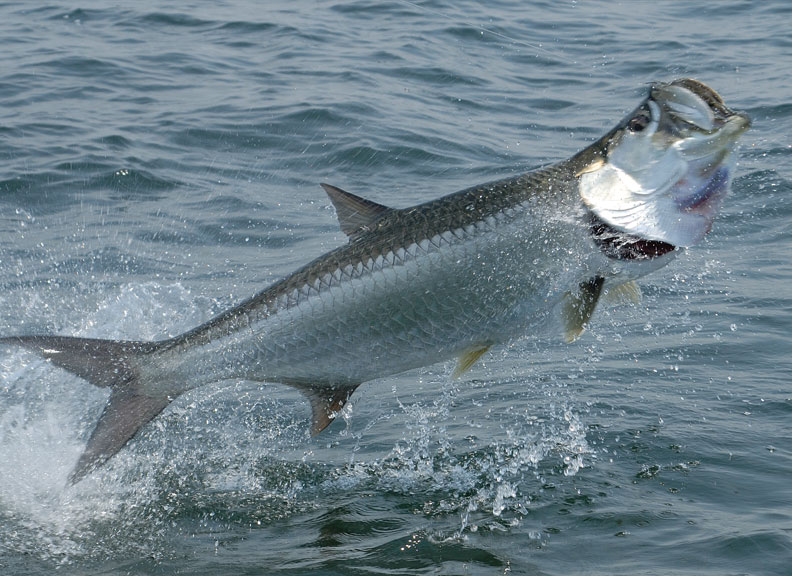That time of the year is here for the fly fisherman to fill his bucket list of species with a silver king.The tarpon migration that circles from the tip of Florida,up the Florida west coast,along the gulf coast, down thru Mexico and central America and back over to Florida offers the angler a chance to catch a fish that less than one half of one precent off fly fisherman have done. But don’t despair,persistence can reward you with a real trophy.
Beginning around the middle of May, hundreds of tarpon make their annual migration thru the shallow waters just off of the beach around Carabelle Fla., a small fishing town straight south of Tallahassee, 30 miles east of Appalachacola. This ritual lasts until mid-August and then is gone until it starts all over again next year. The water depth and clarity is perfect for sight casting for the silver king. Make no mistake,it is not a gimme. Everything can be ideal and the fish still may not bite.
Tarpon fishing requires one to be proficient with a “saltwater quick cast” So what is a “saltwater quick cast” ? Simple, just what it says,a quick cast on saltwater. Going a little deeper, the salt water quick cast has three components:
1. Line management [controlling the fly line on the deck of the boat] .
2. Keeping your eyes always on the fish.
3. Delivering the fly as quickly as possible to the target.
Some key points in preparation for fishing for tarpon from the deck of a flats boat will help you be more successful in your quest. First make sure the deck is clear of anything that will hang up your line. Second, throw a clearly cast. This will establish an agreed upon distance that you and your guide can reference. Finally, direction, “3 o’clock RIGHT“, “9 o’clock LEFT” and “12 o’clock STRAIGHT AHEAD“. I have seen too many anglers look LEFT when I said 3 o’clock. Adding ‘right’ or ‘left’ simplifies the direction problem.
Tackle is a guide and angler preference ,but whatever you fish with,10wt. 11wt,or whatever, PRACTICE with the equipment you intend to fish with. Too many fisherman who have been using light gear all year long can’t understand why they have trouble with tarpon rods and heavy tackle. Many fishermen use this type of gear only once or twice a year. No wonder it is difficult! You are paying big bucks to fish, spend a little on a tune-up lesson on how to handle a heavier for and fly. And remember, LISTEN to your guide!
P.S. Wear your self-inflating life preserver especially if you fish at night and alone.


